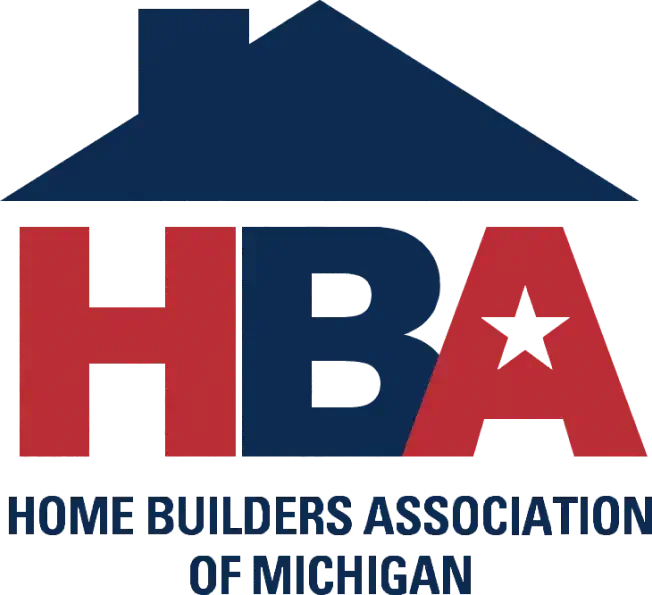If you are noticing cracks in your walls, sloping floors, or doors that are suddenly not closing, you are not alone. Those signs often point to foundation issues. Foundation problems can quickly spiral into larger structural concerns, and repairing them is not always cheap. Still, understanding what goes into those costs can help you make smarter decisions. In this blog, we will take a look at what foundation repair pricing is, how different types of damage play a role, and what you can expect if you decide to move forward with repairs.
Foundation Repair Cost Breakdown
Several factors contribute to the final cost of your estimate, including labor and materials, as well as the type of issue you are dealing with.
Labor Costs
Labor makes up a large portion of your foundation repair expenses. The more extensive the repair, the more hours are required, which means a higher labor charge. For example, simple crack repairs may only require a few hours of work, while structural reinforcement or pier installation can stretch across several days. Foundation specialists also charge different rates depending on their expertise and location. If heavy machinery or specialized techniques are needed, those costs will climb even more.
Material Costs
The type and amount of material needed also play a significant role in how much you will pay. Epoxy or polyurethane injections used to seal minor cracks are on the lower end of the scale. On the other hand, installing steel piers, helical anchors, or concrete supports can raise your bill significantly. Some materials are also chosen based on soil conditions, structural needs, or regional code requirements. The more materials are involved, and the higher the quality is, the more you can expect to invest in your foundation’s health.
Level of Damage
The extent of your foundation damage has a direct impact on the cost. Small cracks that have not spread may only require sealing and monitoring. But if your walls are bowing or your foundation is sinking, you are looking at a far more involved and costly solution. Severe damage usually means the problem has gone unchecked for a while, leading to structural shifts and widespread repair needs.
Repair Costs Based on The Type of Problem
Now let’s take a closer look at some common foundation problems and what they might cost you.
Sinking Foundation
A sinking foundation usually means that part of your home is settling into unstable soil. This often requires lifting and stabilizing, which can be done using steel piers. These solutions are installed deep into the ground until they reach load-bearing soil. It’s an involved process that can range in cost depending on how much of the home is affected.
Crack Repair
Cracks in your foundation might seem small, but they can be early warning signs of larger issues. If caught early, they can often be repaired using epoxy or polyurethane injections along with a wall patch. These materials seal the cracks and prevent water intrusion.
Foundation Leak
Leaks are widespread in areas with heavy rainfall or high groundwater. Fixing a foundation leak may involve interior or exterior waterproofing, drain tile systems, or sealing cracks. Costs vary based on how extensive the leak is and whether mold remediation is needed.
Shifting Foundation
When your foundation shifts, it puts stress on the entire structure of your home. This can cause uneven floors, misaligned doors, and cracking walls. Repairs often include installing piers. This fix tends to be more expensive because it involves structural reinforcement.
Bowing Walls
Bowing basement walls are a key sign of pressure from the surrounding soil. These walls may eventually collapse if you don’t address them on time. Some solutions include installing carbon fiber strips, wall anchors, or steel braces to stop the inward movement and reinforce the walls. The cost of bowing walls depends on how long the problem has been present and the type of reinforcement used.
Key Takeaways
Your home’s foundation is too important to ignore. Minor issues often turn into big ones quickly, and the longer you wait, the more expensive the fix becomes. So, whether you are dealing with cracks, shifting soil, or a leaking basement, understanding the cost behind each type of repair helps you take action with confidence. At Bluebird CFW Foundation Repair and Waterproofing, we know what it takes to protect your home from the ground up. Call us today for a FREE inspection, and let us help you protect what matters most.
Frequently Asked Questions
Homeowners’ insurance typically covers foundation repairs only if the damage results from a covered peril, such as a burst pipe, fire, or a natural disaster explicitly mentioned in your policy. Exclusions generally apply to damage caused by normal wear and tear, soil movement, poor drainage, or settling.
The most expensive type of foundation repair usually involves lifting and stabilizing a sinking foundation using piers or underpinning systems. This process requires deep excavation, heavy equipment, and custom engineering to permanently support the structure.
Reviews From Satisfied Homeowners




















